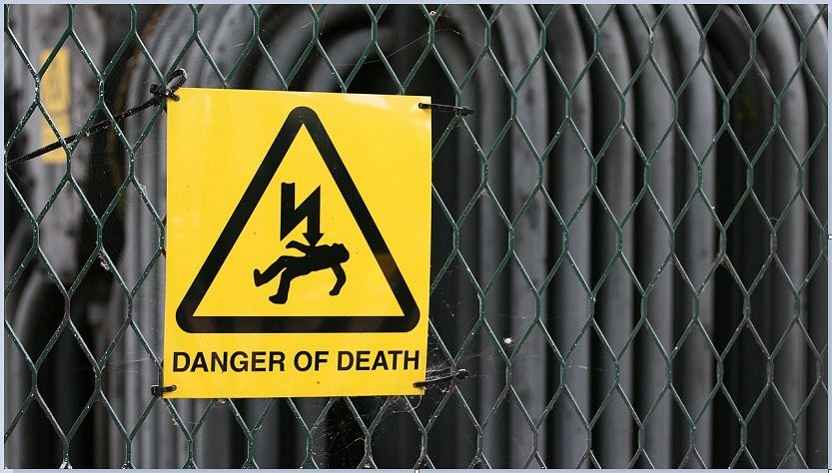Treatment for electric shock.
1. Evaluate Potential Dangers
A. Your first action.
- When you see a person in an electric shock condition control your emotions and don’t be nervous.
- Because in nervous and in a hurry Without thinking your action may be dangerous for you and the victim.
- Switch off the breaker or main power supply after attending to your safety.
- Immediately turn on the alarm or call for help. Call the local medical help.
B. Safeguard yourself.
Keep 25 meters from high voltage electricity until power is turned off by authorities. For low voltage, turn off mains power. Ensure power sources are ‘off’ before attending to the victim if the patient collapses due to an electric shock. Then switch off the main switch button or break the circuit off. Insulate yourself from the ground and stand at a table, wooden piece, and rubber mat. you can also use books, newspapers, or rubber matting. First of all use or stand on some dry non-conducting material.
C. Safeguard the victim.
- Remove cables or wires from the victim using nonconductive objects like wood, or rolled-up newspaper.
- Make the place where the victim lay down or shift the victim to a safe place immediately.
- Lay the casualty on the back and if possible on a table or bench.
2. Check the victim’s situation.
- Check the airway of an unresponsive victim by opening his mouth.
- look for obstructions without tilting the head back.
- If there is any obstruction/fluid, roll the victim into the recovery position.
- Clear the mouth/airway after wearing the available gloves or using a neat and clean piece of cloth.
- Once the airway is cleared, check breathing efficiency while the victim is in the recovery position. To check breathing efficiency follow these rules:
- Look at the victim’s chest is it rising and falling?
- Listen for breathing place your ear near the victim’s face.
- Feel for moving air on your cheek when near the victim’s nose and mouth.
- Note: Place your one hand onto the victim’s stomach while placing your ear beside their mouth/nose to check for breathing.
3. Start artificial respiration.
If CPR (Cardiopulmonary Resuscitation) or AED (Automated External Defibrillator) is needed for the victim according to the condition of the victim then start the CPR or AED procedure without wasting time.
Method
Lay the victim on the back and if possible on a table or bench.
4. Kneel or stand the victim’s head to remove any obstruction from the mouth. Support the nape of the head so that it is tilted backward and push the chin upward.
Open your mouth wide.
Take a deep breath pinch the victim’s nostrils together with your finger seal your lips around his mouth. Then blow into his lungs until the chest rises. Remove your mouth and watch the chest fall Repeat and continue. Until your natural rate of breathing is restored or until medical aid arrives.
☟ Disclaimer
The information and knowledge in this post are not a substitute for proper first-aid training.

